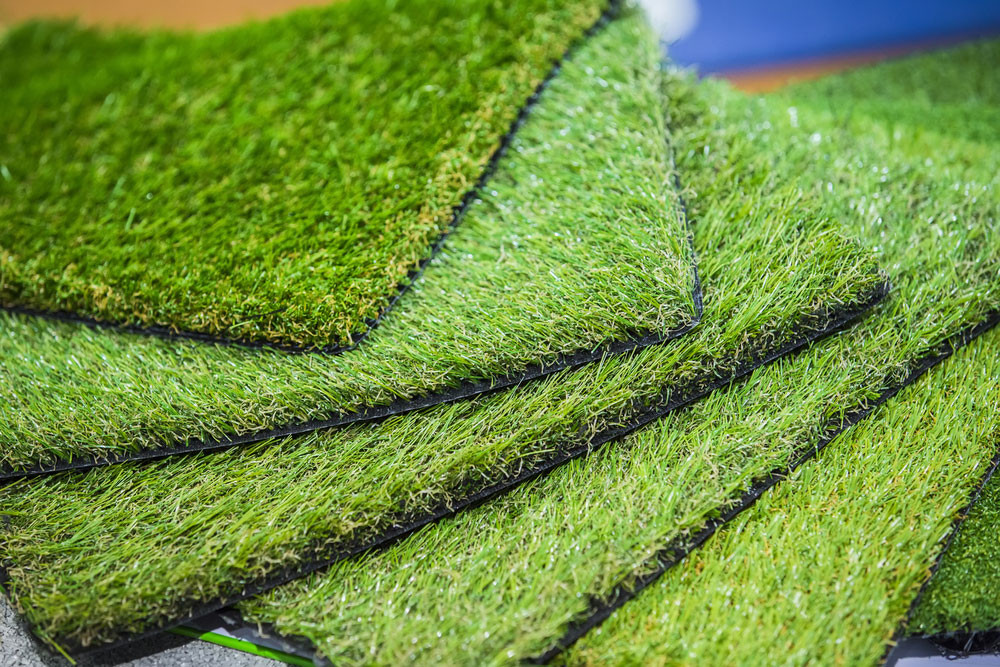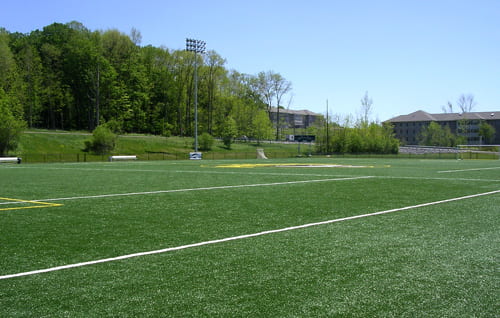Professional Arizona Turf Providers Ensuring a Natural-Looking Lawn Alternative
Professional Arizona Turf Providers Ensuring a Natural-Looking Lawn Alternative
Blog Article
Delve Into the Environmental Benefits of Opting for Synthetic Grass Solutions
The adoption of fabricated turf remedies provides a compelling possibility to resolve pushing environmental challenges. By significantly reducing water usage and decreasing the application of hazardous chemicals, these alternatives not just advertise sustainable landscape design but also secure regional communities.
Water Conservation Benefits
One of the most considerable benefits of fabricated lawn is its capacity to save water. Conventional turf yards require significant irrigation, especially in locations susceptible to drought or water restrictions. On the other hand, man-made grass does not require watering, dramatically lowering the overall need for water resources. This attribute is particularly helpful in arid regions where water shortage is a pushing concern.
By eliminating the requirement for routine watering, fabricated lawn contributes to lasting landscape methods and aids reduce the ecological influence of excessive water usage. In addition, the preservation of water reaches the reduction of overflow, which can bring about dirt erosion and waterway contamination.
Furthermore, the installation of synthetic grass enables towns and homeowners to allocate water resources more efficiently, focusing on essential usages such as drinking water and farming. The change towards synthetic grass not just advertises liable water use but additionally straightens with more comprehensive environmental goals focused on protecting natural deposits.
As areas increasingly focus on sustainability, the water conservation advantages of artificial turf offer a compelling instance for its adoption in industrial and household landscape design projects.
Decreased Chemical Usage
The change to man-made grass considerably decreases the reliance on chemical therapies generally utilized in all-natural yard upkeep. Standard turf administration commonly entails the application of pesticides, herbicides, and plant foods to advertise growth and control insects. These chemicals can position risks to human wellness, local wildlife, and the environment, adding to soil and water contamination.
In contrast, artificial grass gets rid of the demand for these damaging substances. By minimizing the release of synthetic substances right into the ecological community, synthetic grass promotes healthier soil and water systems.
Furthermore, the absence of chemical overflow linked with man-made turf installments helps safeguard neighborhood waterways from pollution, supporting aquatic life and preserving biodiversity. Artificial turf companies phoenix. As communities significantly focus on lasting practices, choosing man-made grass presents a feasible service that lines up with environmental conservation goals. With this change, home owners can delight in rich green spaces without endangering ecological health, paving the way for an extra sustainable future
Reduced Carbon Footprint

Additionally, the setup of artificial grass can cause considerable water conservation. All-natural grass need substantial quantities of water for watering, which not only contributes to the carbon footprint associated with water extraction and treatment yet also strains regional water resources. On the other hand, synthetic grass requires marginal maintenance, requiring no watering, thus considerably lowering water use and its associated energy expenses.
Furthermore, the long life of synthetic grass contributes to its lower carbon effect. With a life expectancy of up to 15 years or even more, the need for constant replacements is diminished, resulting in much less waste and reduced energy intake in production and throwing away conventional grass choices. In general, artificial grass provides a sustainable choice for ecologically mindful landscape design.
Habitat Preservation
Habitat conservation is a critical factor to consider in the dispute over landscape design selections, especially when contrasting synthetic grass to natural grass. Natural grass lawns typically require comprehensive upkeep, consisting of making use of herbicides, chemicals, and fertilizers, which can adversely impact regional ecological communities. These chemicals can seep into the dirt and waterways, hurting native flora and fauna and interrupting neighborhood environments.
In comparison, synthetic grass provides a chance to lower the ecological footprint of landscaping. By deciding for artificial turf, homeowners can decrease the disruption of natural habitats connected with typical yard care methods. Synthetic grass gets rid of the demand for dangerous chemicals, thereby securing nearby wildlife and preserving the integrity of surrounding communities. The setup of fabricated lawn can lead to the conversion of previous turf areas right into more biodiverse landscapes, such as pollinator yards or indigenous plant locations, which can sustain local wildlife.
Inevitably, the change to synthetic grass not only conserves water and minimizes maintenance initiatives yet also cultivates a much more harmonious relationship between human activities and the all-natural environment, promoting environment preservation while doing so.
Long-Term Sustainability
Lasting sustainability is a vital variable in evaluating the advantages of synthetic grass over standard yard lawns. Among the most significant advantages of synthetic grass is its sturdiness; it can last approximately 15-20 years with marginal maintenance, whereas natural yard calls for regular reseeding and substitute. This long life decreases the need for consistent resources, such as water, fertilizers, and chemicals, which are vital for keeping a healthy and balanced yard lawn.
Additionally, artificial grass contributes to next page a reduction in carbon emissions related to grass care devices. Standard grass commonly call for gas-powered mowers, trimmers, and blowers, all of which add to air pollution. Arizona artificial turf. On the other hand, synthetic grass eliminates the demand for such equipment, advertising a cleaner setting
Furthermore, the production of synthetic grass significantly utilizes recycled materials, improving its sustainability account. As makers take on green practices, the click over here ecological impact of artificial lawn proceeds to reduce.

Conclusion
The adoption of synthetic grass services offers considerable environmental advantages, consisting of considerable water preservation, reduced reliance on harmful chemicals, and a reduced carbon footprint. Fabricated lawn aids in maintaining natural environments by lessening land disturbance and promoting long-term sustainability through the usage of long lasting products. Jointly, these factors highlight the potential of synthetic lawn to add positively to environmental wellness and supply a viable option to typical landscape design methods in a significantly resource-conscious globe.
In comparison, fabricated grass does not need watering, significantly lowering the overall need for water resources. By lessening the launch of artificial substances right into the community, artificial grass advertises healthier dirt and water systems.
In addition, the installation of artificial lawn can result in substantial water conservation. In comparison, artificial turf requires marginal upkeep, requiring no watering, thereby dramatically reducing water usage and its connected power prices.

Report this page